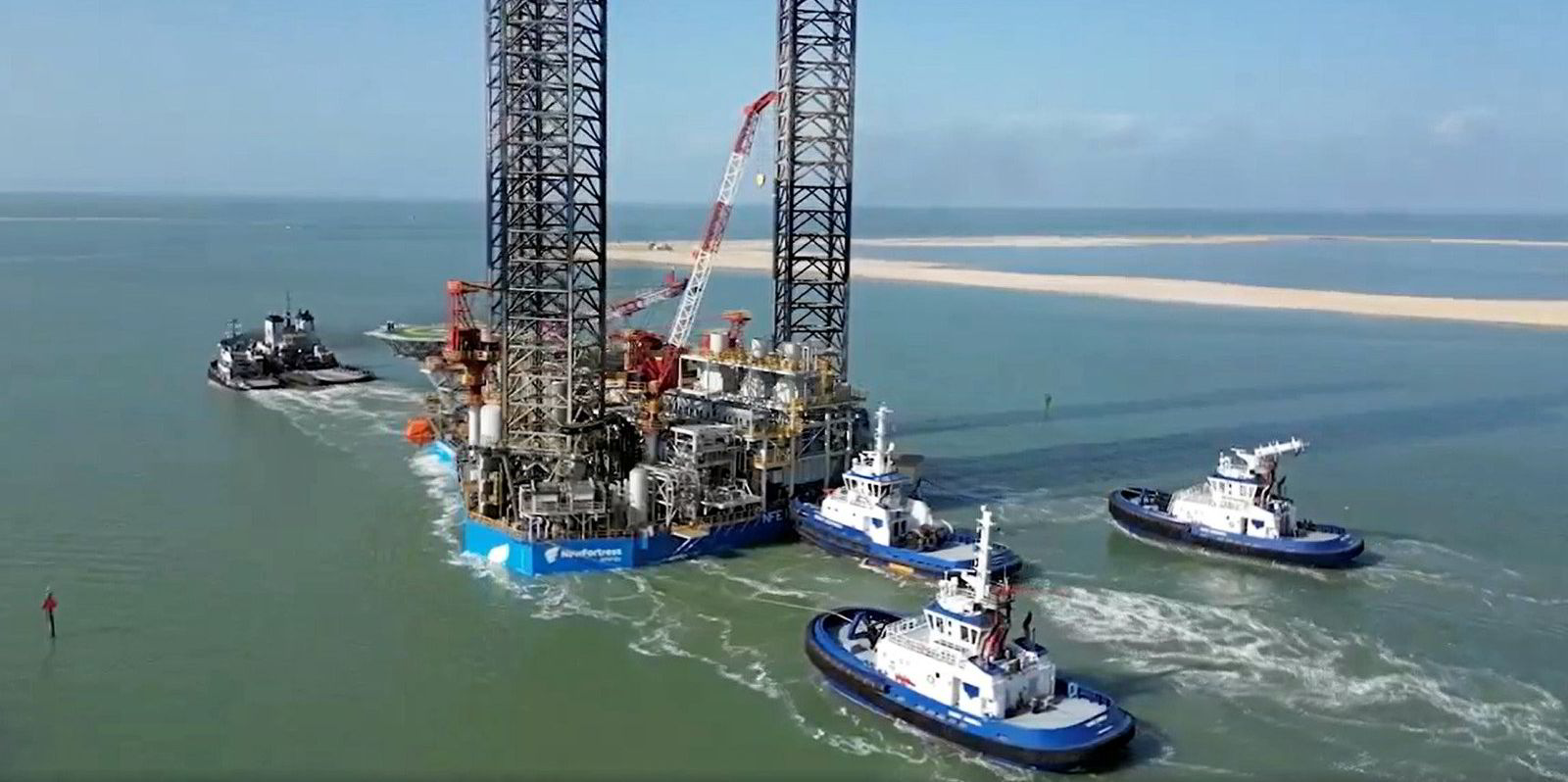Tor Olav Troim-controlled Golar LNG is considering selling or chartering out an LNG steam turbine ship after the conversion project it was destined for collapsed.
Speaking on a second quarter results call, Golar LNG chief executive Karl Fredrik Staubo said Italian energy company Snam’s option to take on the 140,000-cbm Golar Arctic (built 2003) for conversion to a floating storage and regasification unit lapsed in July.
Staubo said Golar is considering alternatives for the vessel, including a long-term charter or an asset sale.
TradeWinds understands Snam failed to take a final investment decision (FID) on its project to install an FSRU at Portovesme on the Mediterranean island of Sardinia.
The company’s project is said to have been derailed by last year’s sky-high gas prices. It is due to be reconsidered by the Italian government in November.
Golar won the €269m two-year job to convert the Golar Arctic in May 2022. The vessel was to be sold to Snam after the conversion.
At the time, Golar said it had been looking at either selling the ship, chartering it out or converting it into an FSRU as it would be “highly disadvantaged” under the then-incoming emissions regulations.
Staubo zoned in on Golar’s strategy for its floating LNG (FLNG) production business during the call.
He described Golar as “the world’s only independent proven FLNG company” with two units.
Staubo said its existing FLNG unit, which is deployed off Cameroon for Perenco, is only using 58% of its nameplate capacity.
“We see significant potential for increased capacity utilisation combined with higher earnings for a re-charter of [the] Hilli,” Staubo said.
The unit has produced 97 cargoes to date.
Golar’s second FLNG unit Gimi, which is completing its conversion from an LNG carrier, is due to leave in late September for its charter to BP, which will start on the unit’s arrival off Mauritania and Senegal. Construction started on the unit in 2019 but was delayed by the Covid pandemic.
Staubo said Golar opts to move forward this year with a planned third LNG carrier-to-floater conversion of 3.5 million tonnes per annum, under its Mark II concept, this would provide a unit that would be ready by late 2026 for deployment in early 2027.
The CEO said it would also increase Golar’s FLNG capacity by 70%, bumping it up from five mtpa to nine mtpa.
He said from early 2027 onwards the company will have up to 322 MMBtu available for charter. Tariffs in line with the current US export market suggest earnings of about $1bn from this capacity. But he said significantly higher liquefaction margins should be obtainable.
Staubo said Golar is currently in discussions with more than six gas resource owners focused around the West Africa region for potential FLNG deployments, all of which with significantly better economic terms than current charters.
He said the company’s priority remains to first recharter the Hilli before moving to take a FID on its Mark II conversion and securing a charter on this.







